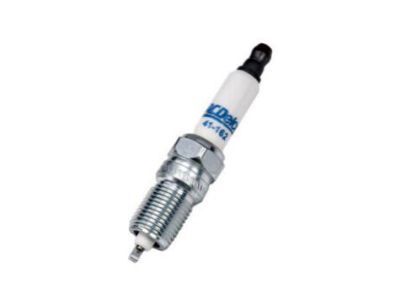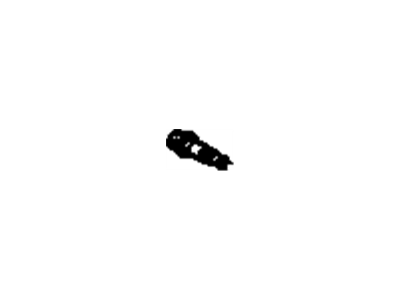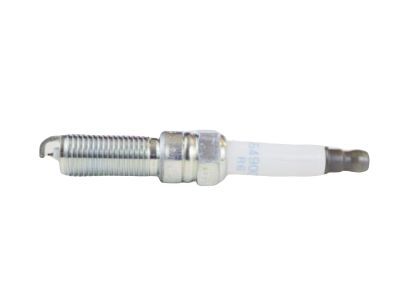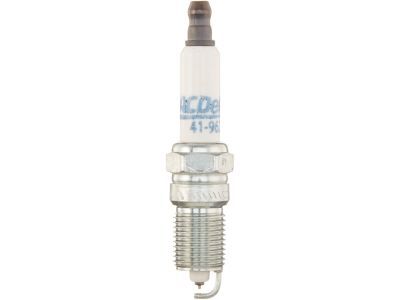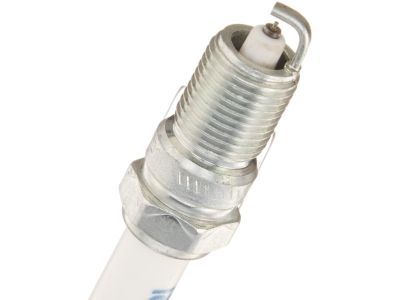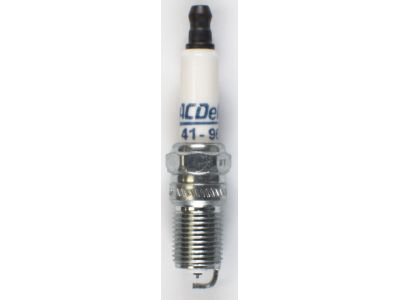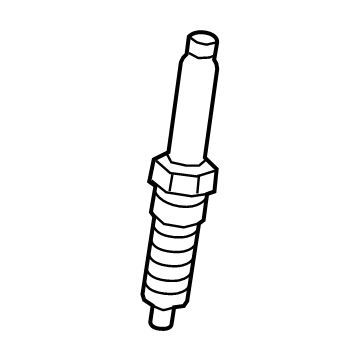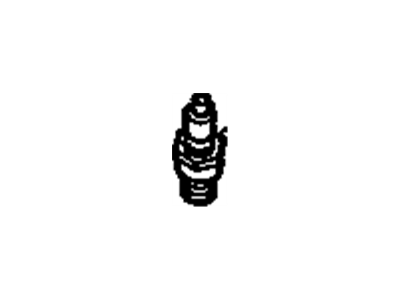
My Garage
My Account
Cart
Genuine Chevrolet Trailblazer Spark Plug
Ignition Spark Plug- Select Vehicle by Model
- Select Vehicle by VIN
Select Vehicle by Model
orMake
Model
Year
Select Vehicle by VIN
For the most accurate results, select vehicle by your VIN (Vehicle Identification Number).
7 Spark Plugs found
Chevrolet Trailblazer SPARK PLUG ASM,GAS ENG IGN
Part Number: 19417055$9.36 MSRP: $17.02You Save: $7.66 (46%)Ships in 1-3 Business DaysChevrolet Trailblazer Spark Plug Assembly, Gasoline Engine Ignition
Part Number: 12683541$9.24 MSRP: $16.80You Save: $7.56 (45%)Chevrolet Trailblazer Spark Plug Asm (Plat Tipped Plug)
Part Number: 19299585$7.57 MSRP: $13.76You Save: $6.19 (45%)Ships in 1-2 Business DaysChevrolet Trailblazer Spark Plug Assembly, Gas Eng Ign
Part Number: 12688094$10.28 MSRP: $18.44You Save: $8.16 (45%)Ships in 1-3 Business DaysChevrolet Trailblazer Spark Plug Assembly, Gasoline Engine Ignition
Part Number: 12681663$9.05 MSRP: $16.46You Save: $7.41 (46%)Chevrolet Trailblazer Spark Plug Asm,Gasoline Engine Ignition
Part Number: 19354418$2.30 MSRP: $4.18You Save: $1.88 (45%)Ships in 1-3 Business DaysChevrolet Trailblazer Spark Plug Asm
Part Number: 19307142$7.14 MSRP: $12.98You Save: $5.84 (45%)Ships in 1-3 Business Days
Chevrolet Trailblazer Spark Plug
The Spark Plug in Chevrolet Trailblazer is very important since it ignites the mixture of fuel and air that are required to combust in an automobile. It produces a spark that transmits an electric current from the ignition system into the combustion chamber with the aim of burning the fuel/air mixture. This consequently impacts on power, fuel consumption, and emissions which categorize Spark Plug as a vital element for the performance of the vehicle. There are different models of the Spark Plugs that have been used in Chevrolet Trailblazer and depending on the type of the engines, different type of Spark Plug with different design and material have been used. Some of the differences include more than one ground electrode and the surface-discharge plugs that helps in getting better ignition and longer life of the spark plugs. Proper servicing and frequent substitution of Spark Plugs are essential because the deterioration of the later may result in misfire and other engine problems. Other important factors relating to the efficacious and durability of Spark Plug in Chevrolet Trailblazer includes the gap sizes as well as the heat range.
Each OEM Chevrolet Trailblazer Spark Plug we offer is competitively priced and comes with the assurance of the manufacturer's warranty for the part. Furthermore, we guarantee the speedy delivery of your orders right to your doorstep. Our hassle-free return policy is also in place for your peace of mind.
Chevrolet Trailblazer Spark Plug Parts Questions & Experts Answers
- Q: How to replace spark plugs on Chevrolet Trailblazer?A:The spark plugs can be accessed only when the air intake resonator and the ignition coils are pulled off; they are screwed into the top of the cylinder head. Equipment usually required for replacement comprises a spark plug socket that screws into the handle of a ratchet, several extensions, a gap gauge to measure the distances between electrodes in the new spark plugs, and a torque wrench, although the last is not indispensable. Bear in mind that spark plugs on these models are 1/8-inch longer than standard plugs; therefore, the spark plug socket should not hit on the longer plugs to avoid cracking the insulators. The proper procedure is to buy new plugs before when they are needed and set them to the correct gap, besides putting them one by one and making sure that the right plug is for the engine. Ensure the engine has cooled down before taking out any plugs and wait for the new plugs you intend to use and ensure that none of them has defects and ensure you check on the gap as well. The gap is verified using a proper-thickness gauge intercalated between the electrodes at the end of a plug, and the thickness gauge comes in a tapered form due to the recommendation by the manufacturers to prevent scratching of the platinum layers on the electrodes. Now that the engine should be cool, go on and remove the ignition coils; gently twist and pull the spark plug boots upward. If it is possible, first expel air in the spark plug hole with the compressed air to avoid introduction of contamination when withdrawing the spark plug. Insert the ceramic of the spark plug socket over the plug and rotate it anti-clockwise to unscrew it, sometimes there is need to use extension bar in order to access some of the plugs. Check the deposited condition on the old spark plug to note the running condition and before fitting new spark plugs apply anti seize on the spark plug threads but not on the lower threads. Insert a new plug to the point where it cannot be turned manually and then snug it up with a torque wrench or a ratchet head, with rubber hose slipped on the end of the plug to help you cover the plug hole just in case you'll get to thread the plug crosswise. Lastly fit the plug boot on to the coil and to the spark plug in the same way, until all the spark plugs are fitted.
